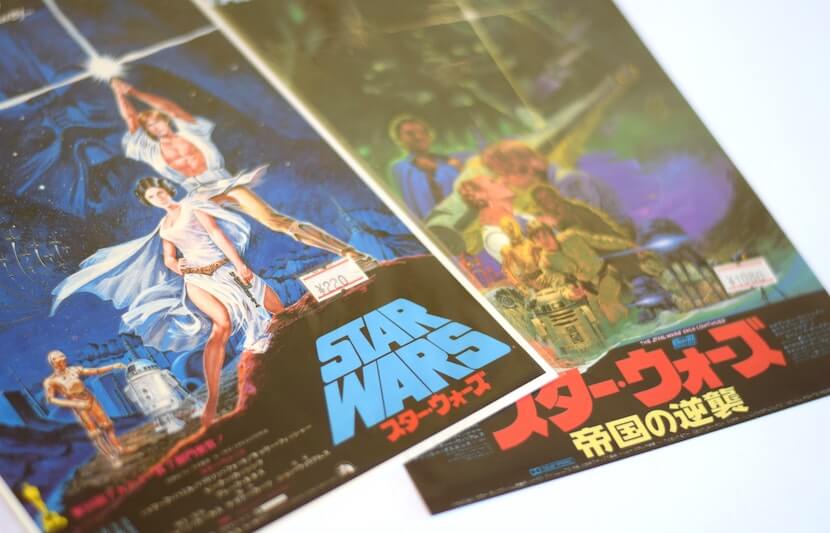A team of researchers from Brigham Young University (BYU) has developed a revolutionary method to produce 3D image projections similar to the Princess Leia 3D message used in the original “Star Wars” movie.
The method could lead to real-life applications of volumetric images seen in science fiction movies, such as “Avatar,” “Iron Man,” and more.
The research is fully described in the journal Nature.
“The primary implication is that, if this project can be scaled, it will create images very much like those we see in science fiction — images that share space with the viewer and can be seen from every angle,” said Daniel Smalley, an assistant professor of electrical and computer engineering and holography expert at BYU.
Despite popular belief, the Princess Leia message is not truly a hologram. Holographic displays scatter light at a 2D surface. If the viewer isn’t looking directly at the front side of the projected image, he or she wouldn’t see it as 3D.
Instead, the display is considered a volumetric image because it is a 3D image that floats in air, and one can walk around and see from all angles.
The team created a free-space platform to display full-color, aerial volumetric images.
The technique involves trapping a particle in a low-visibility tractor beam, explained Smalley.
“The tractor beam drags the particle around and as it does so the particle is illuminated to trace out a 3D image in air.”
Smalley and his team are effectively printing 3D light images in space with the particles.
As explained in the study, humans cannot perceive images at rates faster than 10 per second, so if the particle is moved quick enough, it would appear as a solid line of light, similar to a sparkler on a dark night.
Smalley, like most of his colleagues, has always had “making Princess Leia” as a research goal, but until this point it had been a difficult feat.
“The moment of clarity for me occurred during the movie Iron Man when I realized that a hologram really wasn’t going to be able to make many of the displays of science fiction,” said Smalley.
“In particular, the moment when the protagonist, Tony Stark, sticks his hand in what is ostensibly a holographic gauntlet,” he continued.
“I was disturbed to realize that his hand was in front of the display blocking the light so no imagery should be visible above his arm. After some thought, the only solution I could think of that would work in this scenario would be to have a swarm of levitating nanobots with lasers shooting everywhere. It sounded crazy at the time but our current solution is not far from that idea in some respects.”
Although some previous researchers have worked with volumetric images before, Smalley and his team are the first to effectively use optical trapping and color.
So far, the team has created volumetric images of the BYU logo, a butterfly, a prism and others.
Video Credits: Producer Julie Walker, Cinematographer Brian Wilcox, Editor Hannah Hansen
“The next step is to identify which particles and which tractor beams provide the most reliable trapping and holding characteristics,” said Smalley.
“After we’ve optimized trap and hold, we want to begin controlling many particles at once.”
Despite the excitement surrounding this project, the team is willing to spend a significant amount of time searching for the most efficient particles and traps to make sure the best solution is developed, said Smalley.



